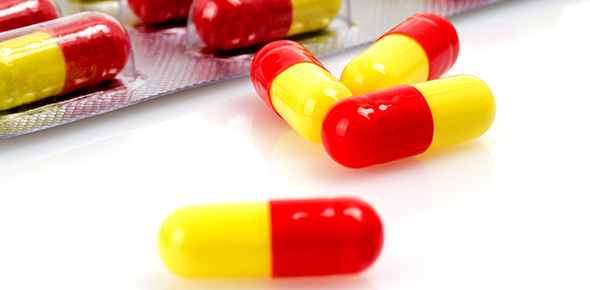Related Flashcards
Related Topics
Cards In This Set
| Front | Back |
|
Eyeball
|
Measures about 2.5 cm. Only the anterior 1/6th of its total surface is visible.
|
|
Eyelid
|
Reinforced with folds of skin that cover the eyeball, keeping its surface moist and protected from debris through their blinking motion.
|
|
Eye lashes
|
Located along the edges of the eyelids to provide further protection by preventing foreign material from reaching the eyeball.
|
|
Conjunctiva
|
The thin, mucus secreting membrane. It lines the interior surface of the eyelids and the exposed anterior surface of the eyeballs. Has the ability to repair itself rapidly if it is scratched.
|
|
Conjunctivitis
|
Inflammation of the conjunctiva caused by allergies. Manifested by itchy, watery, red eyes.
|
|
Lacrimal gland
|
Secretes the lacrimal fluid (tears), and a series of ducts that drain the secretion into the nasal cavity. With each blink lacrimal fluid passes downward medially, and drains into two small openings.
|
|
Lacrimal canals
|
Openings that drain lacrimal fluid from the medial corner of the eyelids. The fluid flows through here and into the lacrimal sac.
|
|
Nasolacrimal duct
|
Connected to the lacrimal sac and allows the tears to empty into the nasal cavity/canal.
|
|
Sclera
|
The white of the eye. A tough, fibrous membrane that performs two functions: maintaing the shape of the eyeball and providing a protective covering. Continuous with the anterior portion is the cornea.
|
|
Cornea
|
The transparent and convex portion of the eys that permits the passage and cause the refraction of incoming light waves.
|
|
Iris
|
The colored portion of the eye. The ciliary body contains the smooth muscle forming an internal muscular ring toward the front of the eyeball and is connected to the lens.
|
|
Lens
|
The crystalline lens of the eye. Connected to the iris.
|
|
Pupil
|
Controls the amount of light entering the eye. The radial muscles dilate it when light is dim and constrict when in bright light.
|
|
Retina
|
Innermost layer of the eyeball. Primary function is image formation.
|
|
Vitreous chamber
|
The posterior cavity, situated behind the lens and is filled with a transparent, jelly-like substance called vitreous humor. This substance contributes to intraocular pressure, helps prevent the eyeball from collapsing, and holds the retina flush against the internal portions of the eyeball.
|







